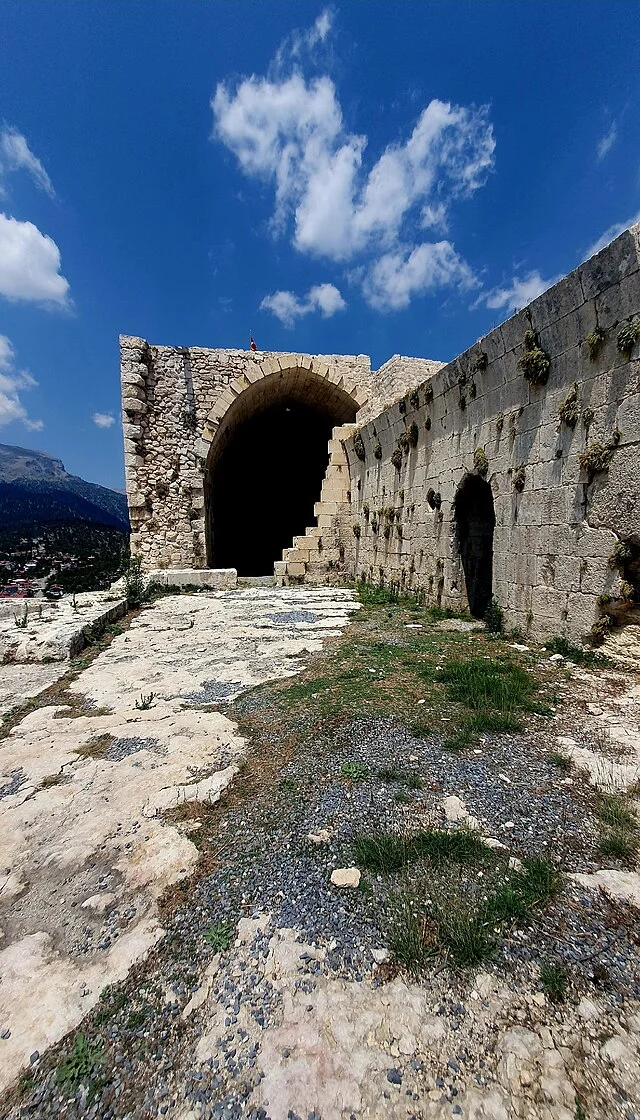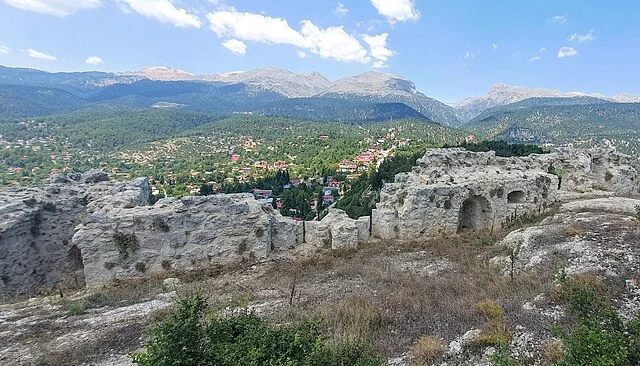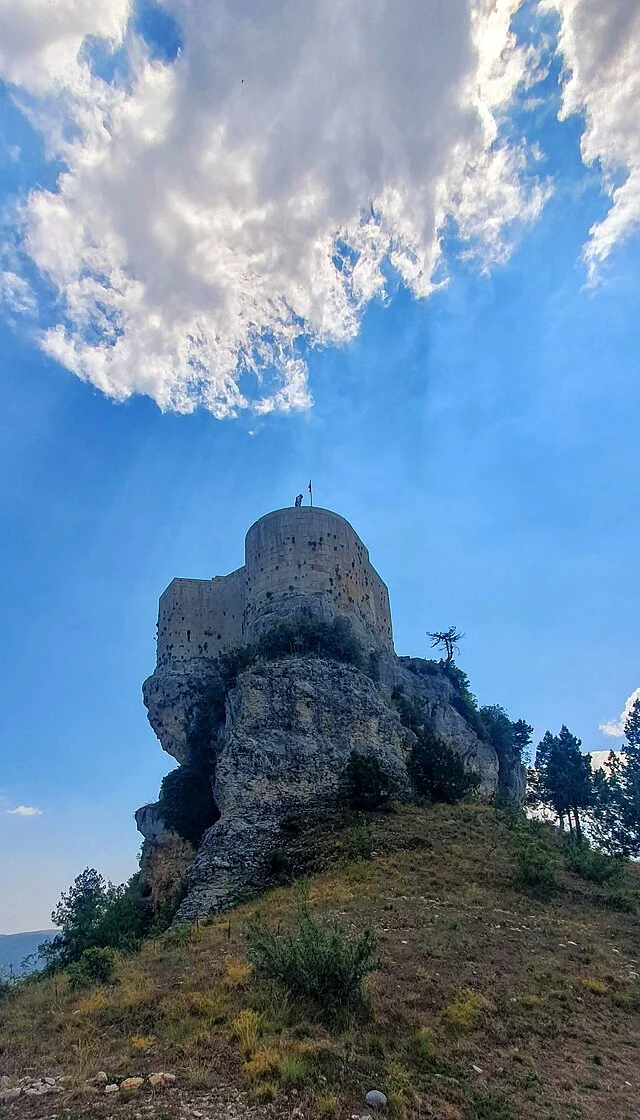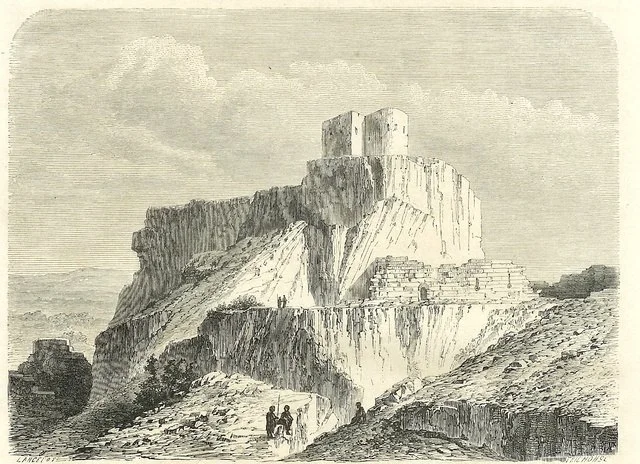Namrun Castle, also known as Lampron Castle, stands as a historical fortress in the Mersin Province of Turkey. This medieval castle lies near the town of Namrun (modern-day Çamlıyayla) and has played an important role throughout history due to its strategic location. Its construction, architectural features, and significance reflect the political and military dynamics of the Armenian Kingdom of Cilicia and the Byzantine Empire during the Middle Ages.
Get your dose of History via Email
Historical Background

The exact date of Namrun Castle’s construction remains uncertain, but historical evidence suggests it was established in the 11th century AD. Built on high ground, it provided strategic oversight and control over surrounding areas. In this period, various powers sought dominance in the region, including the Armenian Kingdom of Cilicia, the Byzantine Empire, and later, the Crusaders. Namrun Castle’s original function was likely military, intended to monitor and secure trade routes and defend against potential invasions.
In the early 12th century AD, Namrun Castle became part of the Armenian Kingdom of Cilicia. The Armenians expanded and fortified it to strengthen their hold in the Taurus Mountains. It served not only as a defense structure but also as a symbol of Armenian control and resilience against neighboring empires.
Architectural Features

Namrun Castle reflects the unique blend of Armenian and Byzantine architectural styles typical of fortifications in the region. The castle was built on a steep rocky hill, which gave it a defensive advantage. Its structure includes thick stone walls, high towers, and several watchtowers, all designed to withstand sieges.
The main walls are constructed with large blocks of limestone, arranged in a manner that maximizes their strength and durability. A series of ramparts and bastions surround the castle, adding further defensive capabilities. These structures allowed the castle to endure attacks and provide refuge during conflicts. The watchtowers and other observation points provided a clear view of approaching forces, giving inhabitants time to prepare for potential threats.
One notable feature is the castle’s entrance gate, which is heavily fortified. It showcases a mix of defensive elements, such as narrow passages and limited access points, which made it difficult for enemy forces to breach the walls. Additionally, there are remains of cisterns within the castle grounds, which helped store water during sieges and prolonged stays.
Strategic Importance

Namrun Castle’s location in the Taurus Mountains granted it control over several crucial routes, making it a valuable military asset. It was situated along routes that connected the Mediterranean coastal regions with the interior of Anatolia. Controlling this castle allowed its occupants to monitor and influence trade, as well as protect against incursions.
Throughout its history, Namrun Castle witnessed multiple changes in control. In the 13th century AD, it fell under the rule of the Armenian Kingdom of Cilicia. However, by the late 14th century AD, the castle’s control shifted to the Mamluks, following their campaigns in the region. They maintained it as a military base and modified some parts of the structure to suit their needs.
Preservation and Current Condition

Today, Namrun Castle stands partially in ruins but remains an important cultural and historical landmark. Visitors can still observe its foundational walls, bastions, and towers. The Turkish government has taken steps to preserve this site, recognizing its historical significance as a testament to medieval architecture and regional power dynamics.
Efforts to maintain the site focus on protecting its structural integrity and preventing further deterioration. Archaeological research and conservation work are ongoing, with a goal to safeguard this heritage site for future generations. Namrun Castle provides valuable insights into the military and architectural advancements of medieval Armenian and Byzantine cultures, and it continues to draw interest from historians and tourists alike.
Conclusion
Namrun Castle serves as a historical reminder of the region’s complex history and the strategic significance of the Taurus Mountains. Its architectural elements reveal the advanced defensive planning of its builders, while its history reflects the changing power dynamics between the Armenian Kingdom, the Byzantine Empire, and later, the Mamluks. The castle remains an essential site for understanding medieval fortifications and the history of the Eastern Mediterranean region.
Source:

